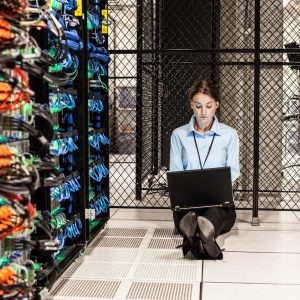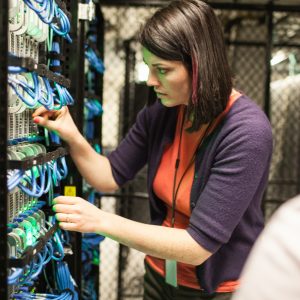Course Description:
Robotic Process Automation (RPA) enables automating business processes using software robots. Software robots interpret, trigger responses, and communicate with other systems just like humans do. Robotic processes and intelligent automation tools can help businesses improve the effectiveness of services faster and at a lower cost than current methods. This course is the perfect start to your automation journey, with a special focus on one of the most popular RPA tools: UiPath.
Robotic Process Automation takes you on a journey from understanding the basics of RPA to advanced implementation techniques. You’ll become oriented in the UiPath interface and learn about its workflow. Once you’re familiar with the environment, we’ll get hands-on with automating different applications such as Excel, SAP, Windows and web applications, screen and web scraping, working with user events, as well as understanding exceptions and debugging. By the end of the course, you’ll be able to build your first software bot along with wiring it to perform various automation tasks with the help of bot deployment best practices.
What You'll Learn
Join an engaging hands-on learning environment, where you’ll learn:
- Robotic Process Automation and its impact on the modern world
- How to design, test, and perform enterprise automation task with UiPath
- How to create Automation apps and deploy them to departmental computers
- Robotic Process Automation technology
- UiPath programming techniques to deploy robot configurations
- Various data extraction techniques
- Integrations with various popular applications such as SAP and MS Office
- Debugging a programmed robot including logging and exception handling
- Maintaining code version and source control
- How to deploy and control Bots with UiPath Orchestrator
This course has 50% hands-on labs to 50% lecture ratio with engaging instruction, demos, group discussions, labs, and project work. This is not a basic class.
Target Audience
Developer, Architect, Business Analyst, and Software Engineer
Prerequisites
To gain the most from this course, you should have:
- Basic to Intermediate IT Skills (attendees without a programming background like Python may view labs as follow along exercises or team with others to complete them)
- Good foundational mathematics or logic skills
- Basic Linux skills and familiarity with command-line options such as ls, cd, cp, and su
Inclusions
With CCS Learning Academy, you’ll receive:
- Instructor-led training
- Training Seminar Student Handbook
- Collaboration with classmates (not currently available for self-paced course)
- Real-world learning activities and scenarios
- Exam scheduling support*
- Enjoy job placement assistance for the first 12 months after course completion.
- This course is eligible for CCS Learning Academy’s Learn and Earn Program: get a tuition fee refund of up to 50% if you are placed in a job through CCS Global Tech’s Placement Division*
- Government and Private pricing available.*
*For more details call: 858-208-4141 or email: training@ccslearningacademy.com; sales@ccslearningacademy.com





